The Imperial City of Hue - always alive!
.jpg)
The head of the empire
.jpg)
From the middle of the bridge, where to start? By the most Vietnamese perhaps. And the most universal, since Unesco has registered the old Hué as a world heritage site. It is necessary to be a little didactic at the risk of not finding oneself there. The citadel - Kinh Thành, contains the imperial city - Hoàng Thành, and the forbidden purple city - Tu Cam Thành. Vietnam had not inherited Confucianism and the imperial system from China for nothing. The citadel housed the organs of the administration; the imperial city, the podiums of the Presence; the purple city, the sovereign's private residence. Ten bridges and ten gates give access to this sovereign compound. The traveler today enters through the impressive South Gate. In the shape of a horseshoe, it has a masonry base and wooden superstructures with glazed tile roofs.
The symbolism of power is expressed in the geometry, the colors and the motifs of the building. Turning around, we see the red flag with the yellow star flying above the Flag Tower. Let's enter and head for the Palace of Supreme Harmony, on whose roof two dragons greet the moon. Behind it, the Forbidden City opens, or rather closes. Let us go all the same, towards the royal library, miraculously intact. The geniuses of the roof will have protected this delightful pavilion. In 1968, during the battle of Hue in the Tet offensive, the private domain of the emperors was devastated by the fighting. Restorations meticulously recovered what could be restored, but priceless treasures were lost forever. And it is not without a certain melancholy that one notices the empty spaces.
Mausoleums and pagodas
The imperial mausoleums are another aspect of the historical buildings of Hue. There are seven of them along the river. Among these funerary villages, three perhaps stand out. Eight kilometers from the citadel, that of Tu Duc. Empty. It is not known where the emperor's body was buried. There is something romantic about this large wooded estate where the gray stone buildings have a particular sobriety and harmony. At the edge of a lake, the Xung Khiem leisure pavilion is full of charm. The Stele pavilion contains a colossal stone to the glory of the monarch. To the north of the domain, on Mount Duong Xuan, the Tu Hieu pagoda was commissioned by the eunuchs of the imperial city (without a son to look after them post mortem, they entrusted themselves to the monks). Ten kilometers away, the tomb of Khai Dinh mixes Vietnamese architecture and Beaux-Arts style. A fusion that recalls the adaptations of classical models that the Jesuits made in China. The tomb hall is of stunning ornamental virtuosity. Accessible by river - some 20 kilometers - the burial complex of the dynasty's founder, Gia Long, stretches across a series of hills. The members of his family rest around him. He reigns in death as in life.
.jpg)
The dragon boats that go on the Perfume River to take tourists for a ride are delightfully kitschy. On board these boats, one can go to the pagoda of the Celestial Lady - Thiên Mu Pagoda three kilometers west of the citadel. It majestically dominates the river from the top of Hà Khê hill and its own 21 meters. Founded in 1601, regularly refurbished since then, it has today the octagonal shape and the seven levels given to it by Emperor Thiêu Tri in 1844. The monks have resisted both the authoritarianism of Ngô Dinh Diêm and communism. The Tu Dam pagoda, less known to travelers, which can nevertheless be reached on foot without effort from the citadel, is a beautiful Thiên foundation of 1695 which still attracts many pilgrims. The mountainous backgrounds give to all these monuments a particular base and relief.
A great culinary tradition
.jpg)
Imperial cuisine is recreated by passionate chefs and offered on special occasions, but street food itself benefits from the attention paid to the things of gastronomy (which have a dietetic dimension, it goes without saying). So it is everywhere in Hue that one can enjoy, from posh restaurants to street stands. To go to the source of the ingredients, you must go to the market of Dong Ba. For it is there that, in all their crudeness and colors, one finds the most. The number of goods on offer, which a European would not know what to do with, can lead him to measure the richness and unpredictability of the gastronomy here. The fish market is a market within a market, which opens at three in the morning. The boats come to the quay to deliver their catch.
From the sea to Hue
.jpg)
Back in Hue, we must focus on the right bank, the French sector. The layout of a 3rd Republic provincial city still stands out. Thus the raspberry station from 1906, stop of the Transindochinois from the 1930s. The old Grand Hotel dates from 1901, it is still in business and still immaculate. The national school has cinnabar walls, which were raised during the Great War. And as a proof that education does not formate so much, it had Ngô Dinh Diêm and Hô Chi Minh as students. The villas in which the cultural museum is located harmonize European pleasure architecture and Vietnamese motifs. As for the hotel La Résidence of 1930 and the sports circle - ten years later - they are beautiful examples of Art Deco liner architecture. And then, of course, there is the Tràng Tiên Bridge.
Finally, two strange visions
.jpg)
An Bang, about thirty kilometers southeast of Huê, also has a cemetery, Nghia trang An Bang, but it is something else. People are buried there in monuments that seem by their size, their vertical abundance, their polychromy, the volubility of their ornamentation, perfectly extravagant. A city of the dead imagined by some Vietnamese Druillet. A powerful optimism emerges from this. A confidence. The same confidence that the emperors used to show in their funeral villages.
Related tour
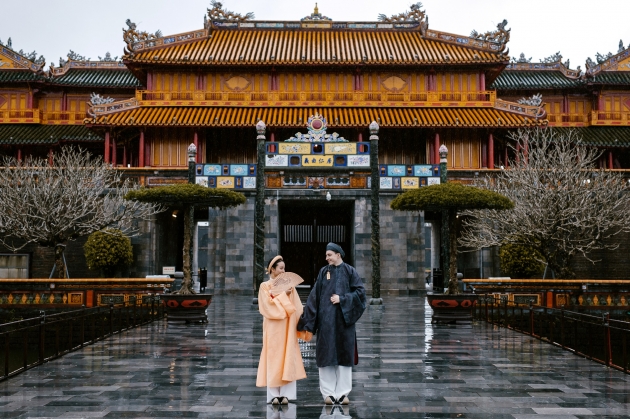
Discover the imperial city of Hue on a full-day tour from Danang. Explore ancient temples, royal tombs, and the picturesque Perfume River. Experience the rich history and culture of Vietnam's former capital.
Departure day: Contact
Departure: Da Nang city
Arrival: Hue city
Regions: Central Vietnam
Type: Daily Tour
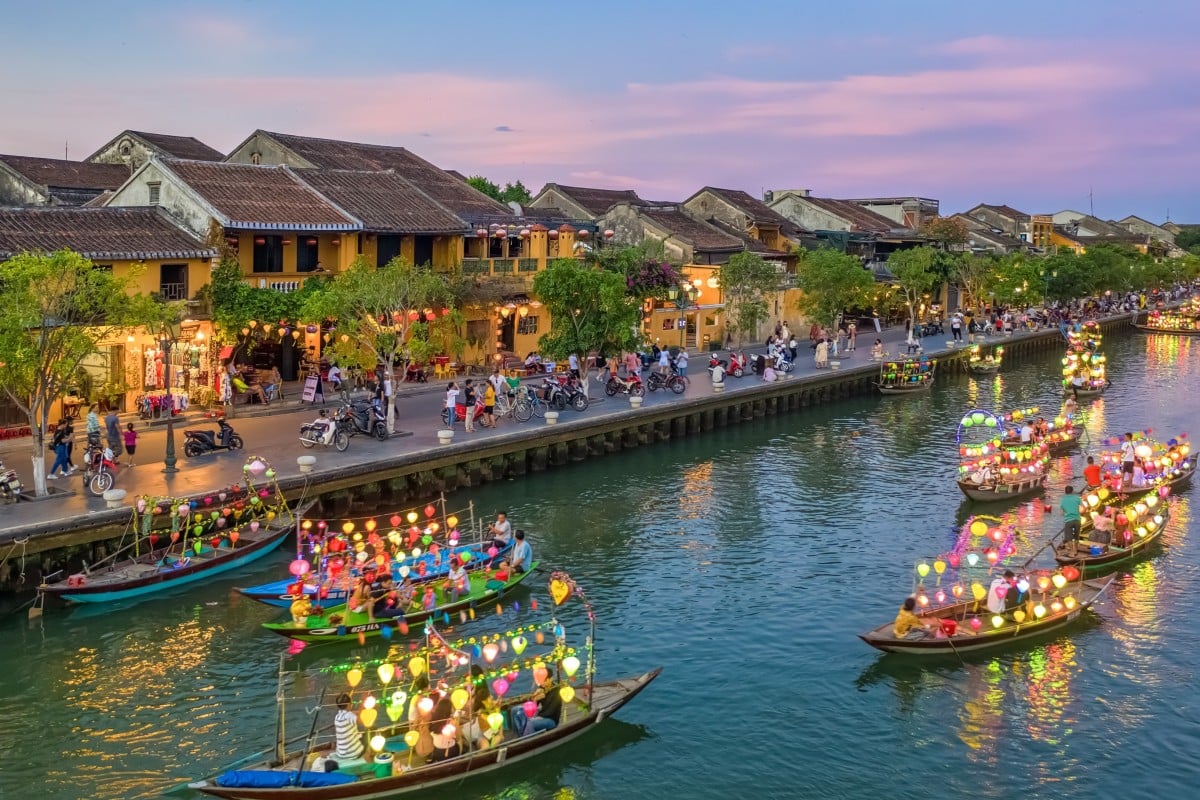
Get ready for an unforgettable 5-day, 4-night adventure in Central Vietnam! This tour takes you to the vibrant city of Da Nang, the magical Ba Na Hills with its stunning views, the imperial grandeur of Hue, and the enchanting Hoi An Ancient Town. Experience a perfect blend of relaxation, adventure, and cultural discovery.
Departure day: 07/01 14/01 ...
Departure: Da Nang city
Arrival: Hoi An city
Regions: Central Vietnam
Type: Classic Tours

Discover the awe-inspiring Phong Nha Cave on a full-day tour from Hue! Explore the intricate network of underground caverns, marvel at the stalactites and stalagmites, and float on a boat through the serene underground river. Book your adventure today!
Departure day: Contact
Departure: Hue city
Arrival: Phong Nha cave
Regions: Central Vietnam
Type: Daily Tour
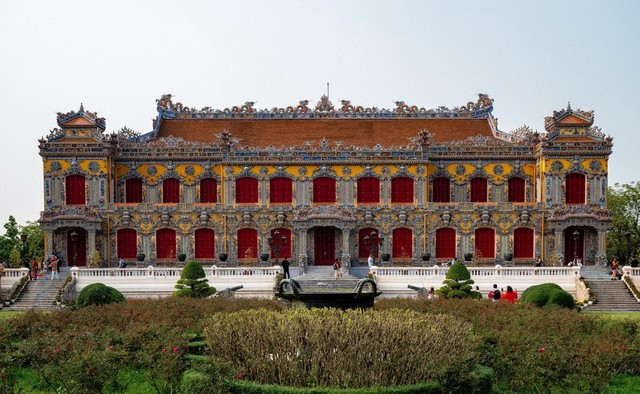
Immerse yourself in Hue's rich history and culture on our deluxe small group tour. Explore the Imperial City, marvel at ancient tombs, and cruise along the serene Perfume River. Join us daily for an unforgettable journey into Vietnam's past.
Departure day: Contact
Departure: Hue city
Arrival: Hue city
Regions: Central Vietnam
Type: Daily Tour
Vietnam, a hidden gem in Southeast Asia, offers a unique experience for every traveler with its breathtaking landscapes, rich history, and vibrant culture. From the bustling streets of Ho Chi Minh City to the tranquil waters of Ha Long Bay, 12 days in Vietnam is your chance to discover its natural wonders and cultural heritage, exploring the depth and diversity of this fascinating country.
Departure day: 06/02 06/03 ...
Departure: Ho Chi Minh City
Arrival: Hanoi City
Regions: Northern Vietnam
Type: Luxury Tour,Classic Tours
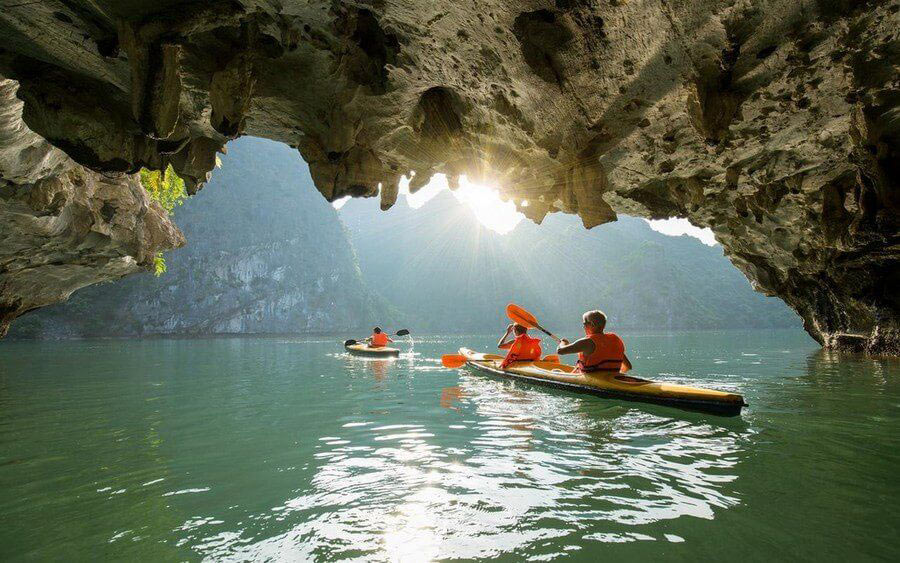
Dive into Vietnam's heart on this 21-day ultimate journey! Start in Hanoi, explore the misty rice terraces of Sapa, and sail the emerald waters of Halong Bay. Discover imperial history in Hue, relax on Da Nang beaches, and feel the pulse of modern life in Ho Chi Minh City. This immersive itinerary blends culture, nature, and history perfectly.
Departure day: 06/02 06/03 ...
Departure: Ha Noi City
Arrival: Ho Chi Minh City
Regions: Northern Vietnam
Type: Classic Tours
Related posts
8 must-visit tourist attractions in Hue
8 must-visit tourist attractions in Phu Quoc in a lifetime.
Traveling experience in Nha Trang from A to Z.
Getting lost in fun at the 10 hottest team building spots near Hanoi.
7 resorts offer ideal team building activities for this summer
This summer, let's go to Cu Lao Xanh - Why not?
Hanoi - 36 Old Streets: A Travel Handbook for the Capital City
Hoan Kiem Lake - A precious destination in the heart of the capital
The Imperial Citadel of Thang Long - a grand historical landmark of the capital city
Explore the Tuan Chau tourist area in Quang Ninh province
Why is Ha Long Bay an ideal destination in Vietnam
Why is Ha Long Bay an ideal destination in Vietnam? It is not only a natural wonder but also a place where you can immerse yourself in Vietnamese culture.
Explore the pristine natural beauty of Co To Island.
Quảng trường Con Gà tại Praha - Cộng hòa Séc
Sam Son - A coastal city with many attractive tourist destinations.
Discover the pristine and mysterious beauty of the Fairy Fish Stream in Thanh Hoa.
Experience the beauty of nature in Pu Luong.
Hoi An Ancient Town - A venerable city adorned with the beauty of time
My Son Sanctuary - The century-old beauty of World Cultural Heritage
Cu Lao Cham and the fascinating experiences it offers.
"Hue beef noodle soup" - a traditional dish with rich flavors from the Central region.
Discover the distinctive flavor of Hue pork lemongrass skewer.
"Nam Pho thick noodle soup" - a unique dish of Hue cuisine.
Discovering Thien Mu Pagoda - the spiritual and cultural beauty in Hue.
Hue sesame candy - a culinary cultural icon of the Ancient Capital land.
Some facts you need to know about the Imperial City - Forbidden City.
The Great Wall is not reached by just wishing
Born in Suzhou, live in Hangzhou, eat in Guangzhou, die in Liuzhou.
The Bund in Shanghai, both in the past and present, holds romantic memories for many travelers.
Hue Imperial City: Exploring Vietnam's Unique Cultural Heritage
Thuy Xuan Incense Village - a source of inspiration from folk culture.
Hue Royal Tea: The Essence of Vietnamese Tea from the Nguyen Dynasty Era
Hue Camellia Oil: A Natural Source of Nutrients for Health and Beauty.
Explore Phu Quoc Island - Vietnam's Pearl
The Nam Du Islands - The raw gem of the East Sea
Explore the beauty of U Minh Thuong National Park.
Touring Ban Gioc Waterfall - a masterpiece of nature in Cao Bang
Exploring the mystical Nguom Ngao Cave
Pac Bo Historical Site - A journey to find the roots.
Vinpearl Nha Trang: An ideal destination for families.
Ninh Thuy Fishing Village - Timeless Beauty in Simplicity
Ponagar Tower - a hidden treasure trove of mysteries
Exploring the scenic complex of Trang An
Lunar New Year in Vietnam - the most important festival
Top 10 best attractions in northern Vietnam 2023
Hanoi Night Tour Best Tours to Explore the Capital City's Nightlife
Best Day Trip From Hanoi That You Can Actually Go
Top 10 handicraft villages in Hanoi: the traditional beauty of the capital
Find the best Vietnam tour packages from Singapore? We are here to help you!
Best places to visit in Ho Chi Minh City in our Vietnam tour packages
Experience the best Danang tour package from Singapore with our guide
Our Danang tour package from Singapore is the perfect way to explore the best of Danang in a hassle-free and convenient way. Book your tour today and embark on a journey of a lifetime!
Yearly festivals in Vietnam
With many activities taking place such as singing and dancing, boat racing, street parades, etc., creating special features for festivals in Vietnam.
15 activities to discover Sapa for foreign tourists
Discover the Top 4 most beautiful idyllic fishing villages in Ha Long
10 Most Amazing Landscapes in Vietnam
We’ve compiled a list of the 10 most amazing landscapes in Vietnam, each of which offer truly unique photo opportunities and experiences
10 Best Beaches in Vietnam
Y Ty village - The beauty of culture makes the difference of Ha Nhi people
Phu Quoc is listed in Time magazine's top 100 best destinations
10 Best Places to Visit in Vietnam
6 interesting facts about Vietnam you didn’t know
Mu Cang Chai's on top 50 most beautiful destinations in the world
6 must do activities in Ninh Binh
Interesting experiences in Ha Long Bay, Quang Ninh
Discover the wild beauty of Na Hang ecological lake
Top 8 Photography Spots in Hanoi
8 Best Things To Do In Ho Chi Minh City
6 Best Things To Do In Hue
Vietnamese Traditional Costumes & Dresses Origin & Uniqueness
Getting a haircut in Hanoi
6 Best Things To Do in Da Nang
All You Need Before Going To Sapa
Experience bathing with Dao Do herbal bath in Sapa
6 Vietnam Off-the-beaten-track Destinations: From North To South
Hue Citadel: Journey back in time to learn about the last dynasty of Vietnam
All You Need to Know About Currency in Vietnam
Characteristics of Vietnamese People
Motorbikes still the popular vehicle in Vietnam
Come to Ha Giang to see Nho Que River: The scenery is as beautiful as getting lost in a movie
The reason why Phu Quoc is among the top 100 best destinations of Time
Travelling to Moc Chau in the summer - Escape from the heat and escape from the epidemic
Unraveling the Beauty of Ha Nhi Culture in Y Ty
Top 3 spiritual tourist destinations in Tay Ninh must definitely go to
The beauty of Nam Cuong sand dunes near Phan Rang city
Vietnam's best outdoor activities
What to do in Hanoi so early in the morning?
Ho Chi Minh Mausoleum in Hanoi
Steep slope on the way to Ba Den mountain
Fall in love with the beautiful bamboo forest like a swordplay movie in Mu Cang Chai
Cai Rang Floating Market in Can Tho, Vietnam
3 Of the best things to do in Can Tho City
Best Nightlife In Hanoi - Top 6 Things to Do
Shopping In Hanoi: 6 Ideal Places
Top 6 Nightlife Experiences in Ho Chi Minh
5 Best Nightlife in Hue - Most Popular Nightlife Spots
Top recreational activities in Phong Nha Ke Bang National Park
See the silent ancient capital of Hue during the epidemic time
Ben Thanh Market in Ho Chi Minh
Ho Chi Minh Golf Courses - Vietnam
Bình Hưng Island, Khanh Hoa
Cu Chi Tunnels: What Secrets Lie Beneath Ho Chi Minh City?
Garlic Kingdom Ly Son, Quang Ngai
6 Best Hotels in Ho Chi Minh City
Non La - Vietnamese's Famous Conical Hat
Top 5 Best Destinations for Vietnam Honeymoon Packages
Da Nang's Golden Bridge
Vinpearl Safari Phu Quoc - The paradise of semi-wild animals for the first time in Vietnam
Phu Quoc shows its determination to control the pandemic and welcome international tourists
Amazing thing to do in Con Dao Island
Inbound Vietnam Travel strives to build a safe tourism image in Vietnam
Quang Nam develops tourism with a set of green tourism criteria
Vietnam is 'Asia's Best River Cruise Destination'
Light up Hoi An to welcome the New Year
Khanh Hoa welcomes more than 300 Russian tourists with vaccine passports
Stuttgarter Nachrichten Newspaper: 5 reasons to travel to Vietnam
5 Must-Visit Destinations in Vietnam
Da Lat a Wonderful Land!
Explore Ha Long Bay Trip with Ha Long cruise
Experience the pure air of Tan Uyen tea hill
Experiencing the peaceful life in Si Thau Chai Village
Sin Ho Plateau: Your next adventure awaits in the heart of Northwest Vietnam
Visiting the Independence Palace: A Journey Through History
The Independence Palace symbolizes Vietnam's victory, peace, and territorial integrity.
Saigon Notre Dame Cathedral: A Must-Visit Landmark
Saigon Notre Dame Cathedral stands as an iconic landmark in Ho Chi Minh City, steeped in a rich and mysterious history.
Cu Chi Tunnels: A Testament to Vietnam's Heroic Past
Tam Coc - Bich Dong: Exploring Majestic and Romantic Beauty
Hoa Lu Ancient Capital - An Attractive Tourist Destination in Ninh Binh
Explore Ninh Kieu Wharf, the cultural heart of the Western Delta
Cat Ba Island - An Ideal Vacation Paradise
Truc Lam Pagoda in Can Tho: A renowned pilgrimage site
Visiting the sacred Munir Ansay Pagoda in the heart of Can Tho
Do Son Beach: A Delightful Seaside Getaway in the City of Flowers
Bach Long Vi Island - A Painted Paradise in Hai Phong
Chua Kho Temple - A Sacred Shrine in Bac Ninh
Phu Lang Pottery Village - A Traditional Treasure in Bac Ninh
Phu Lang Pottery Village - A captivating tourist destination in Bac Ninh for those who love Vietnamese culture and traditions.
Phat Tich Pagoda - An Ancient Temple in the Heart of Bac Ninh
Phat Tich Pagoda is a famous spiritual destination in Bac Ninh city with unique architecture and a long history.

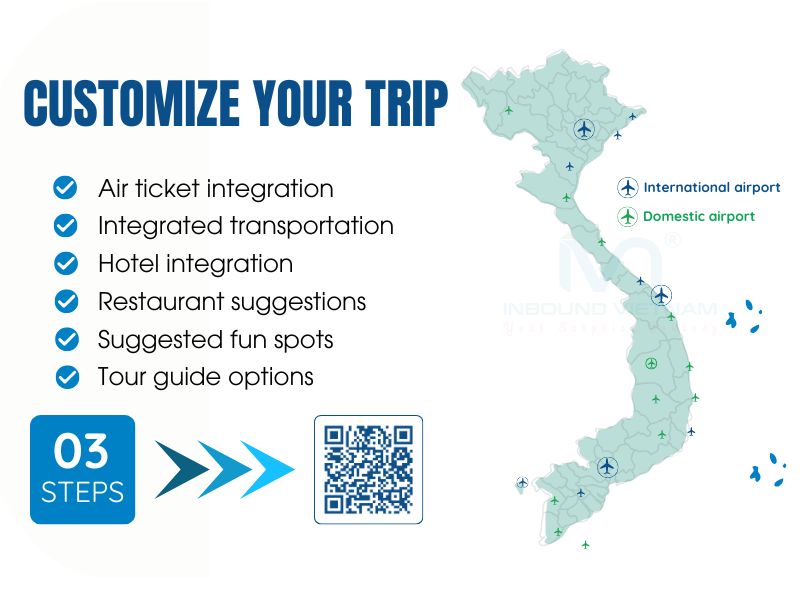
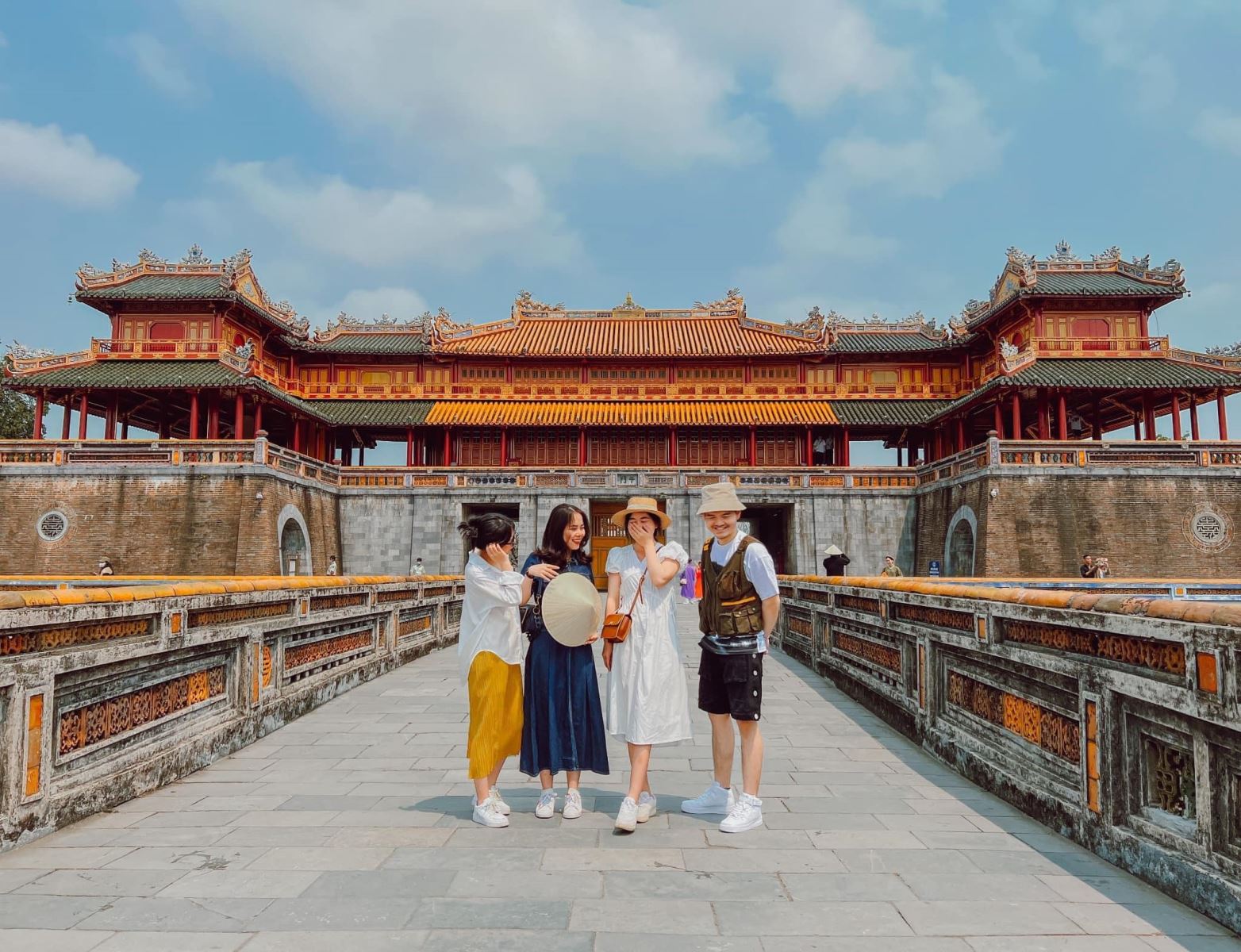

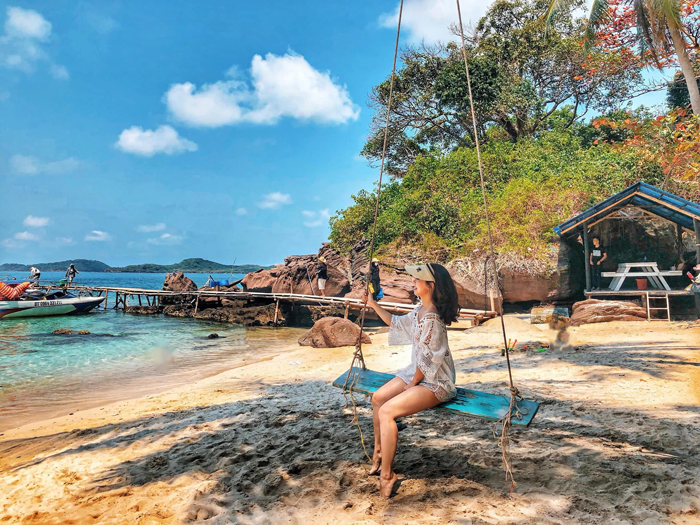
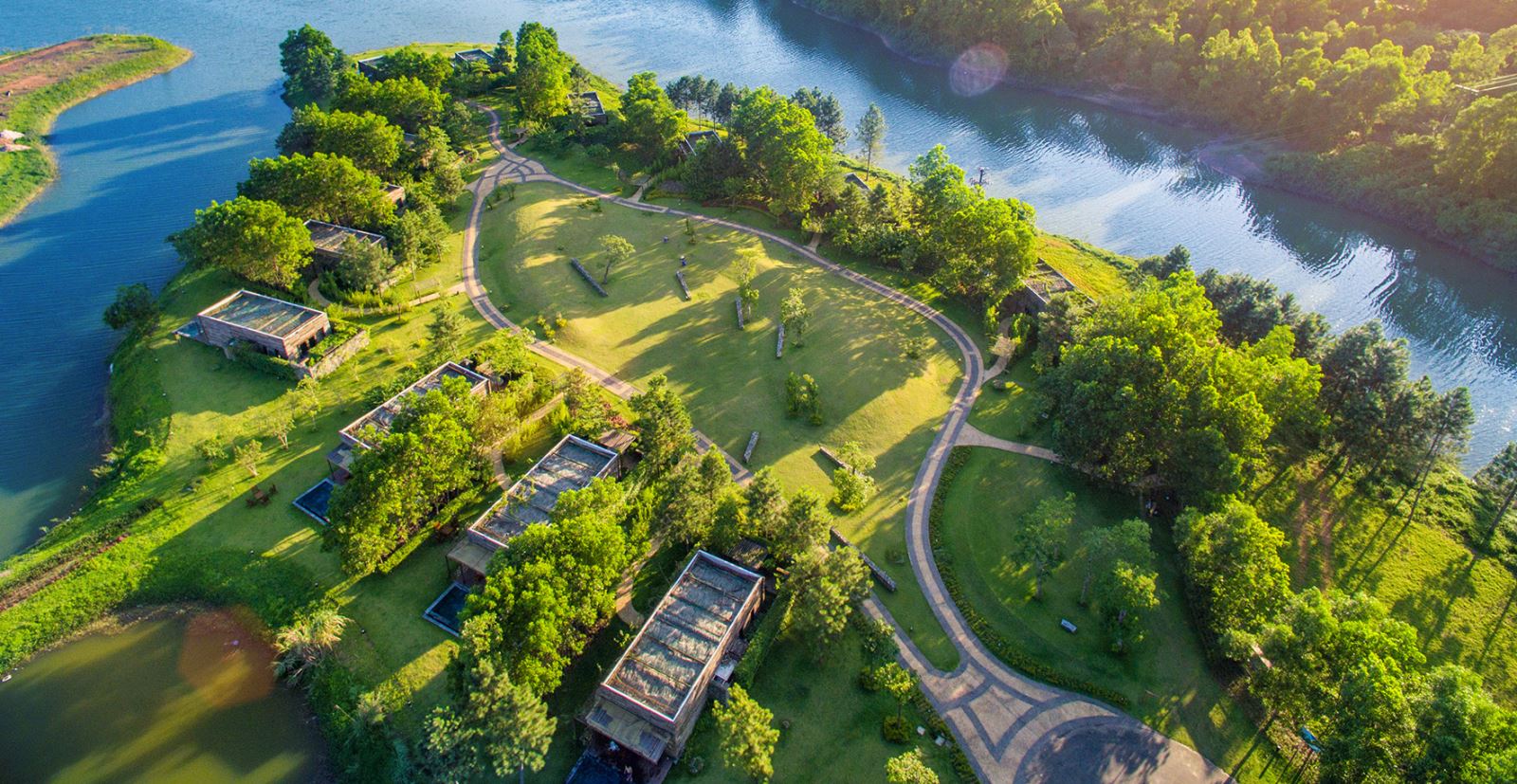

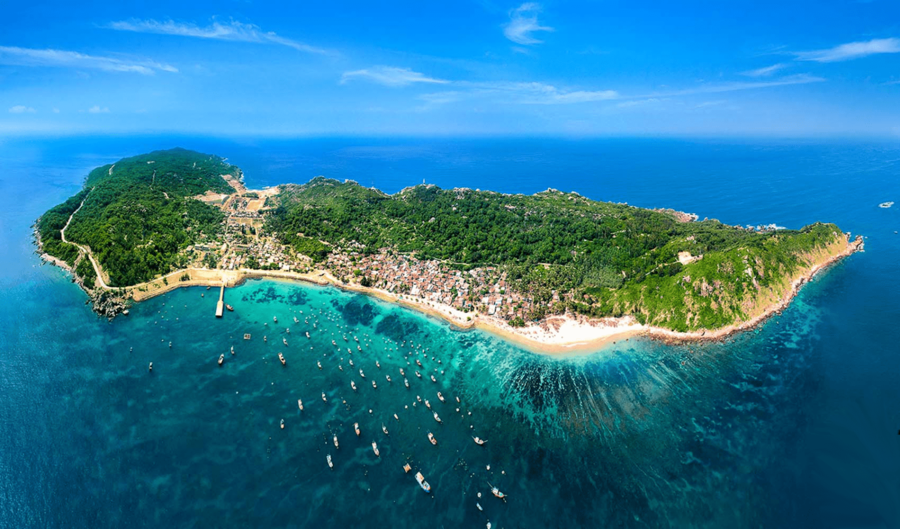
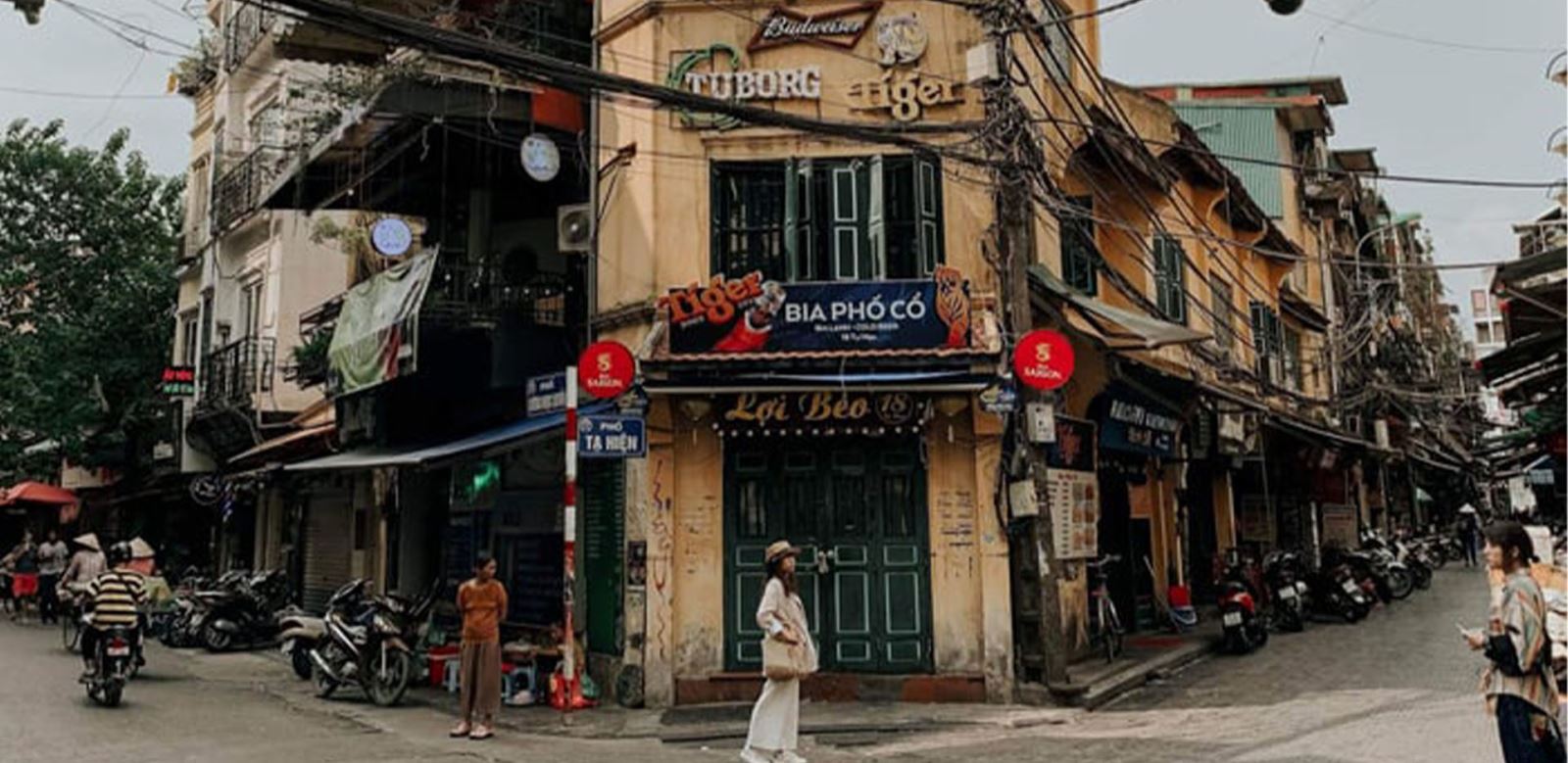
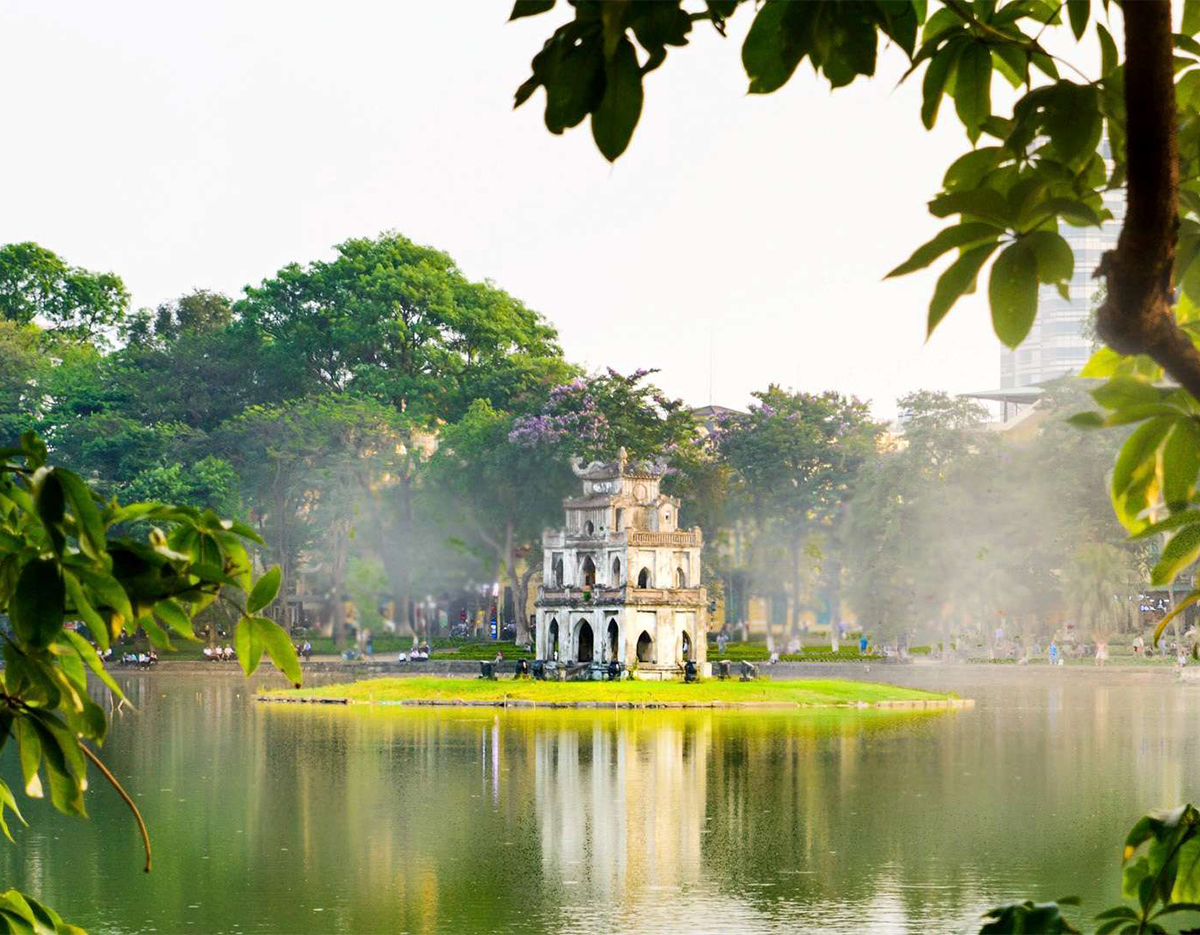
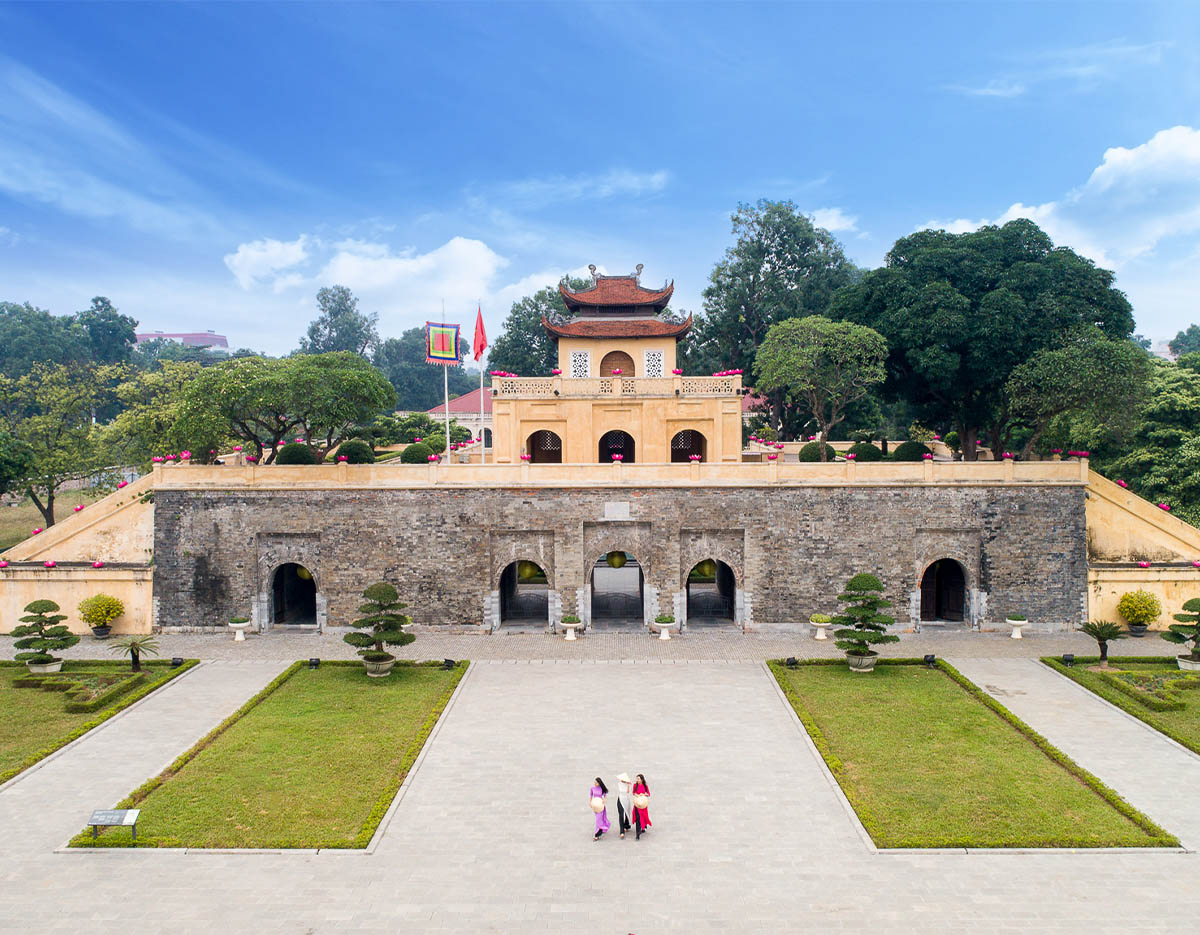
.png)
.jpg)
.jpg)
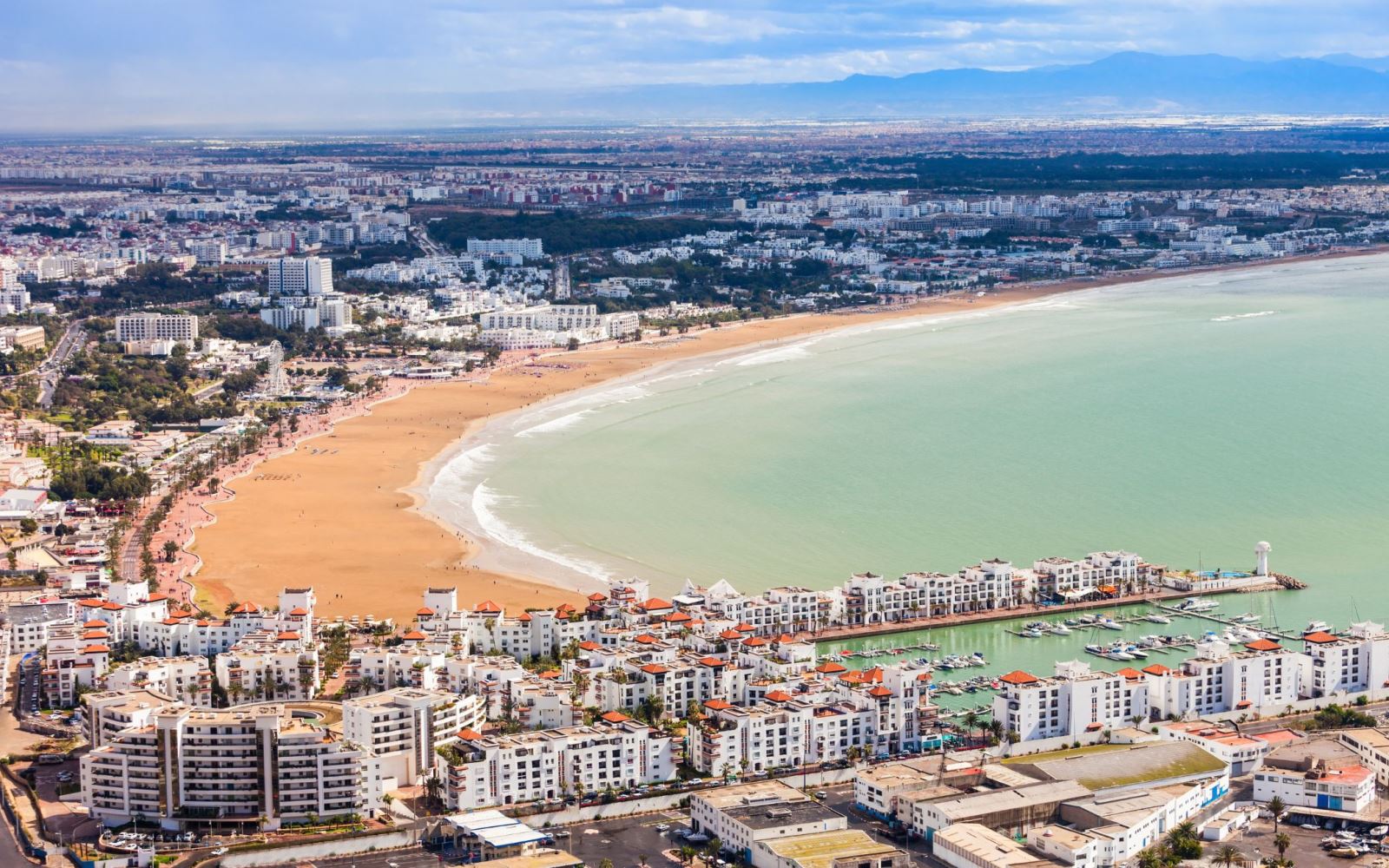
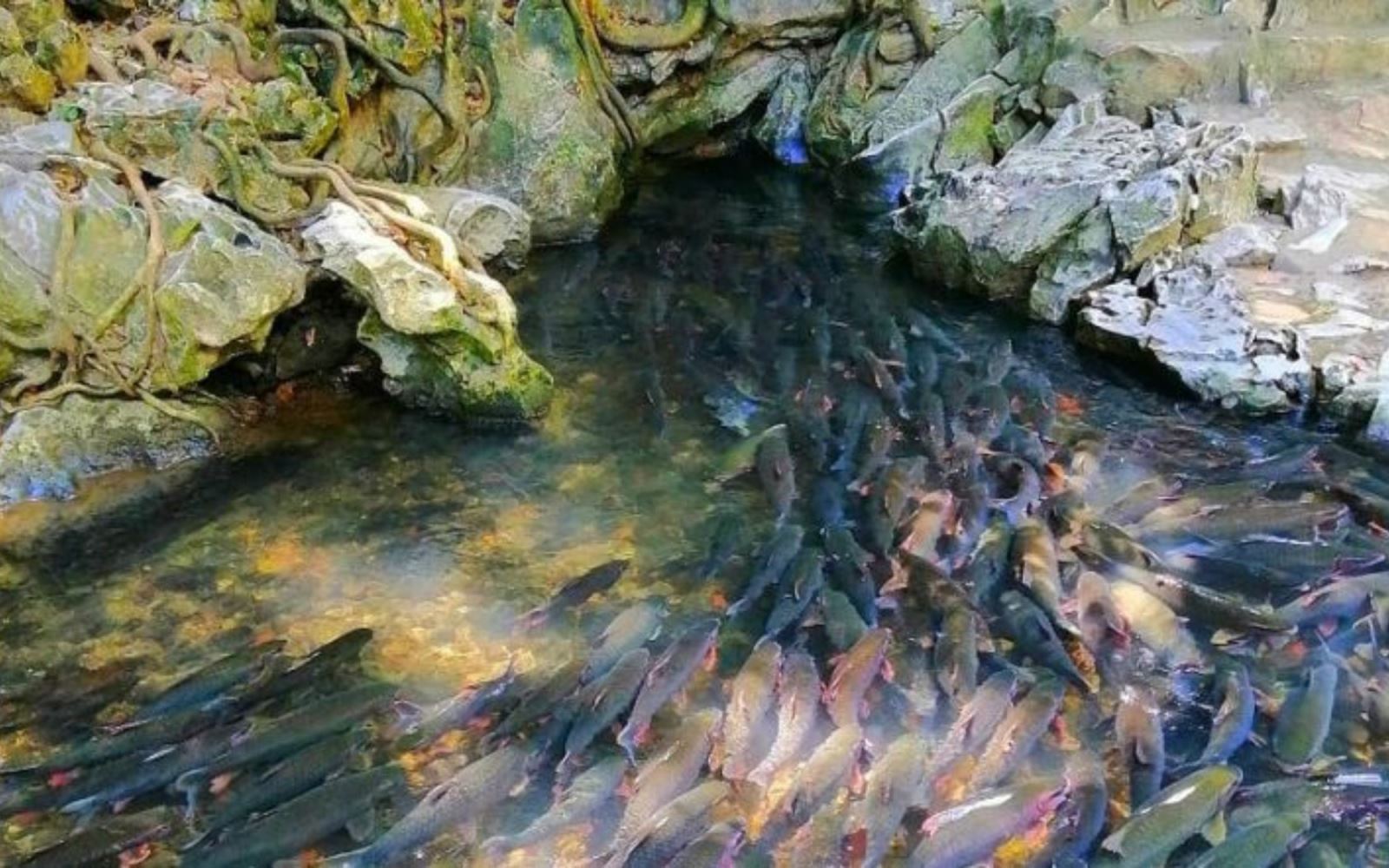
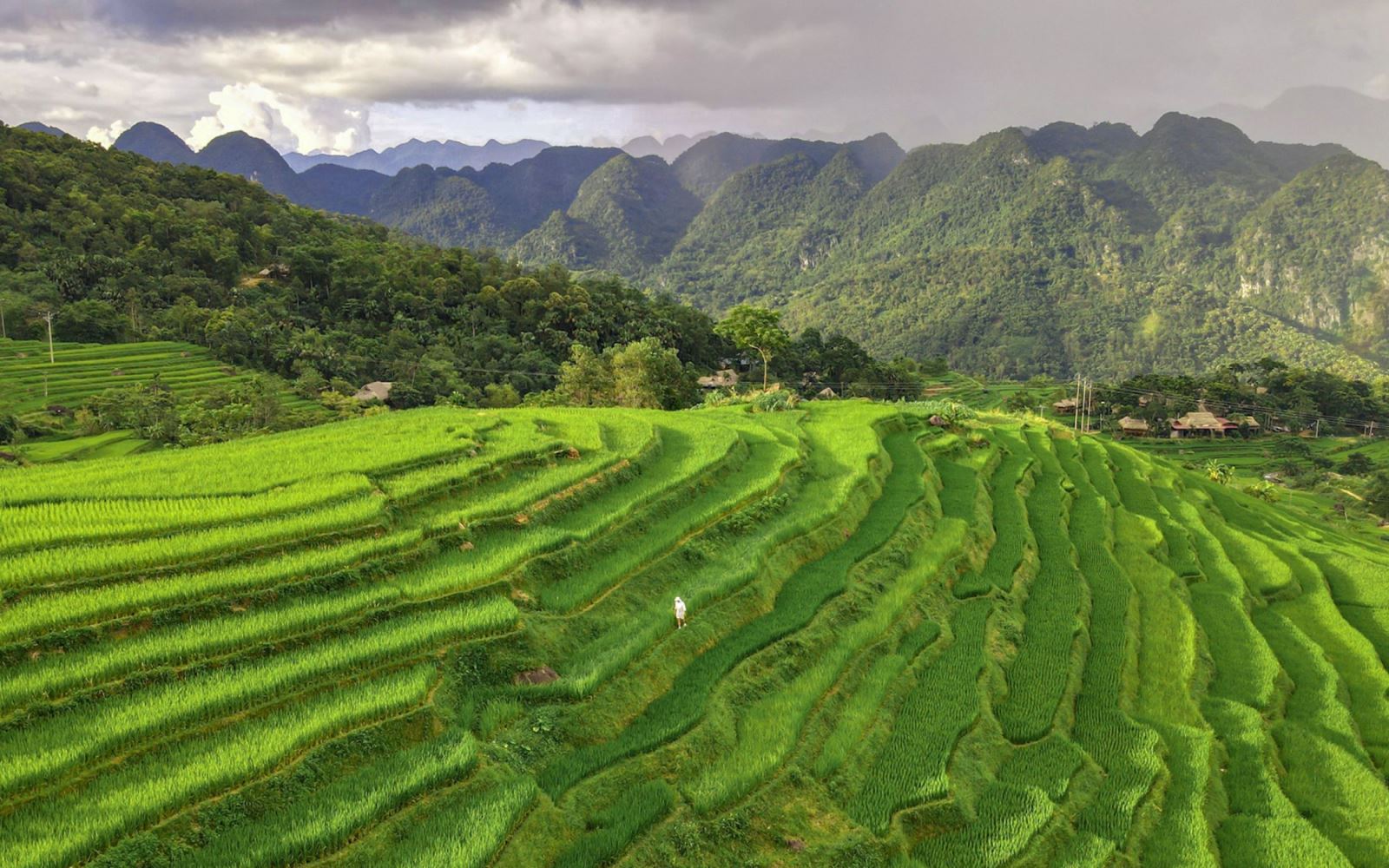
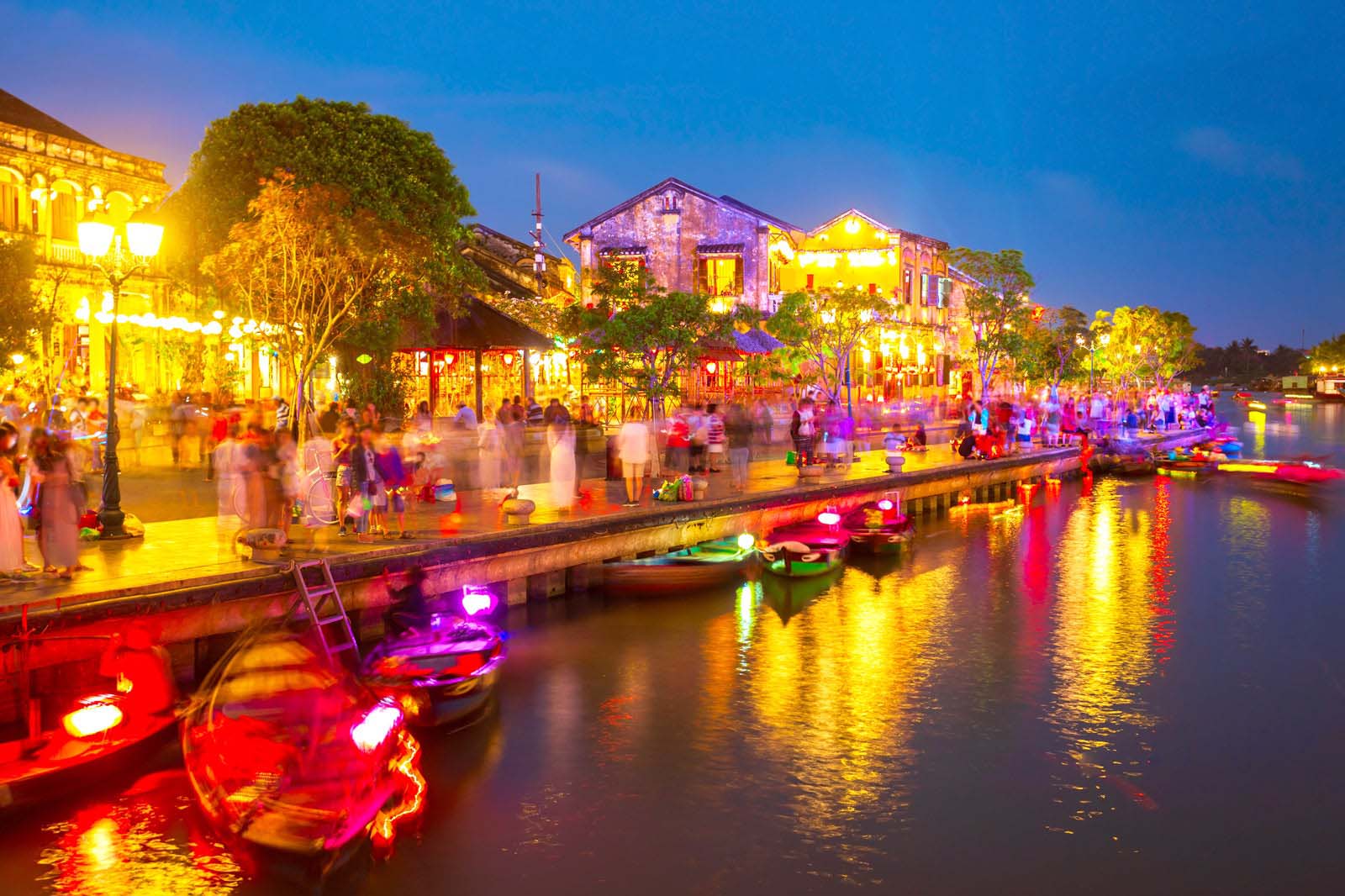
-copy.jpg)
-copy.jpg)
.png)
-copy.jpg)
-copy.jpg)
-copy.jpg)
.jpg)
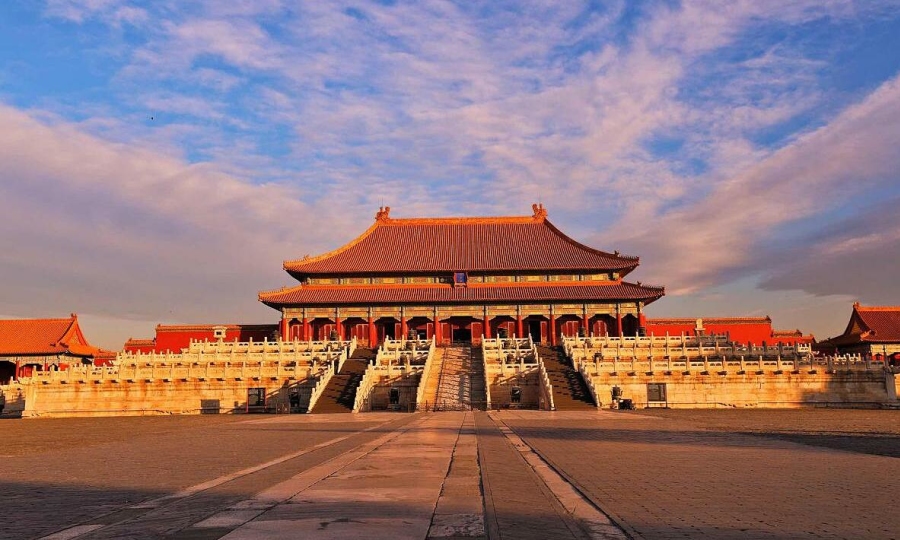
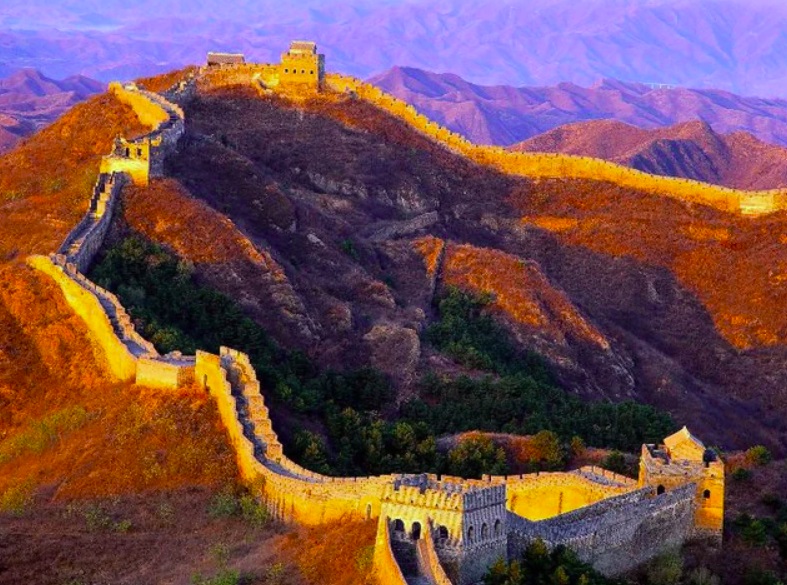
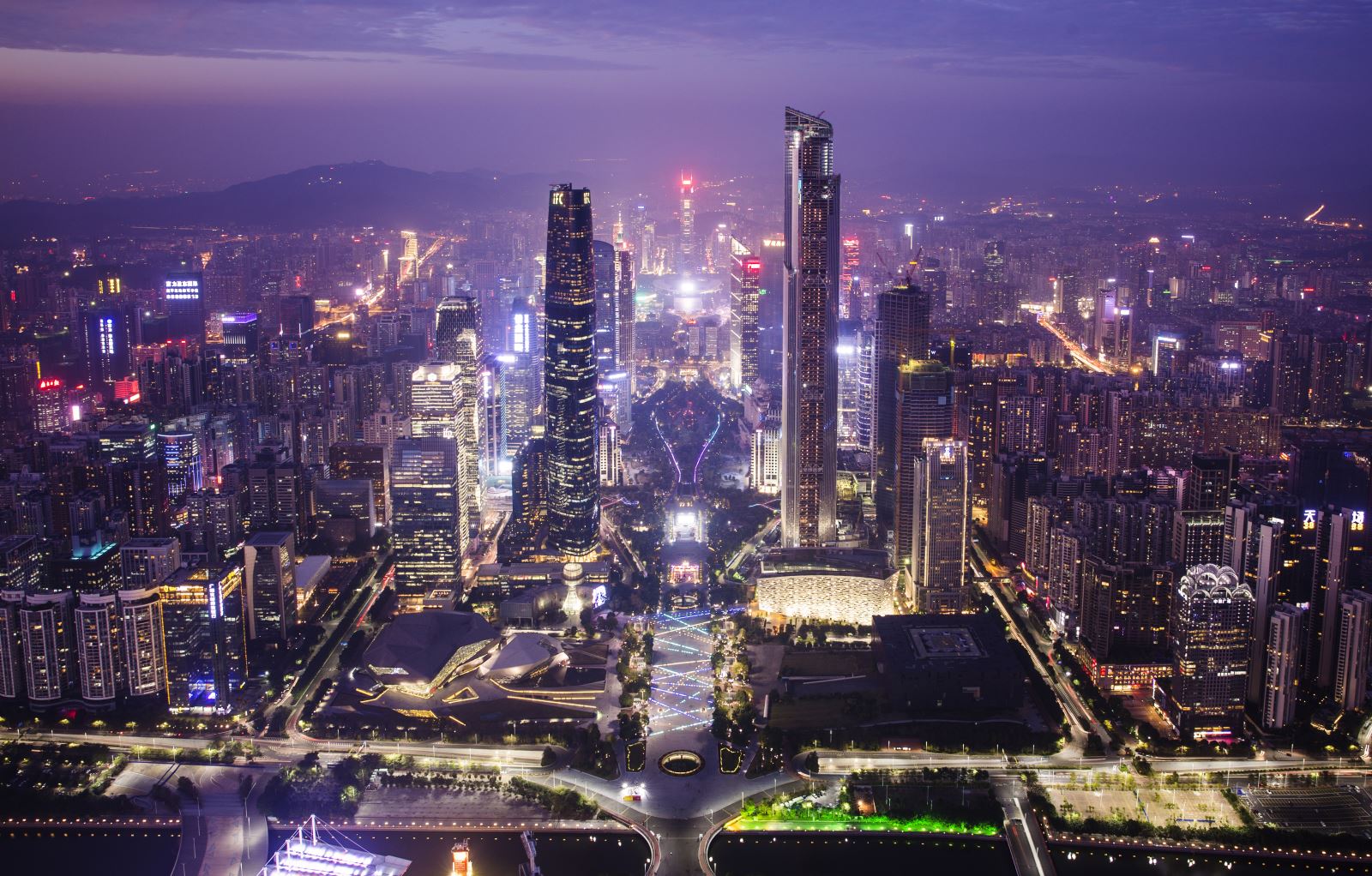
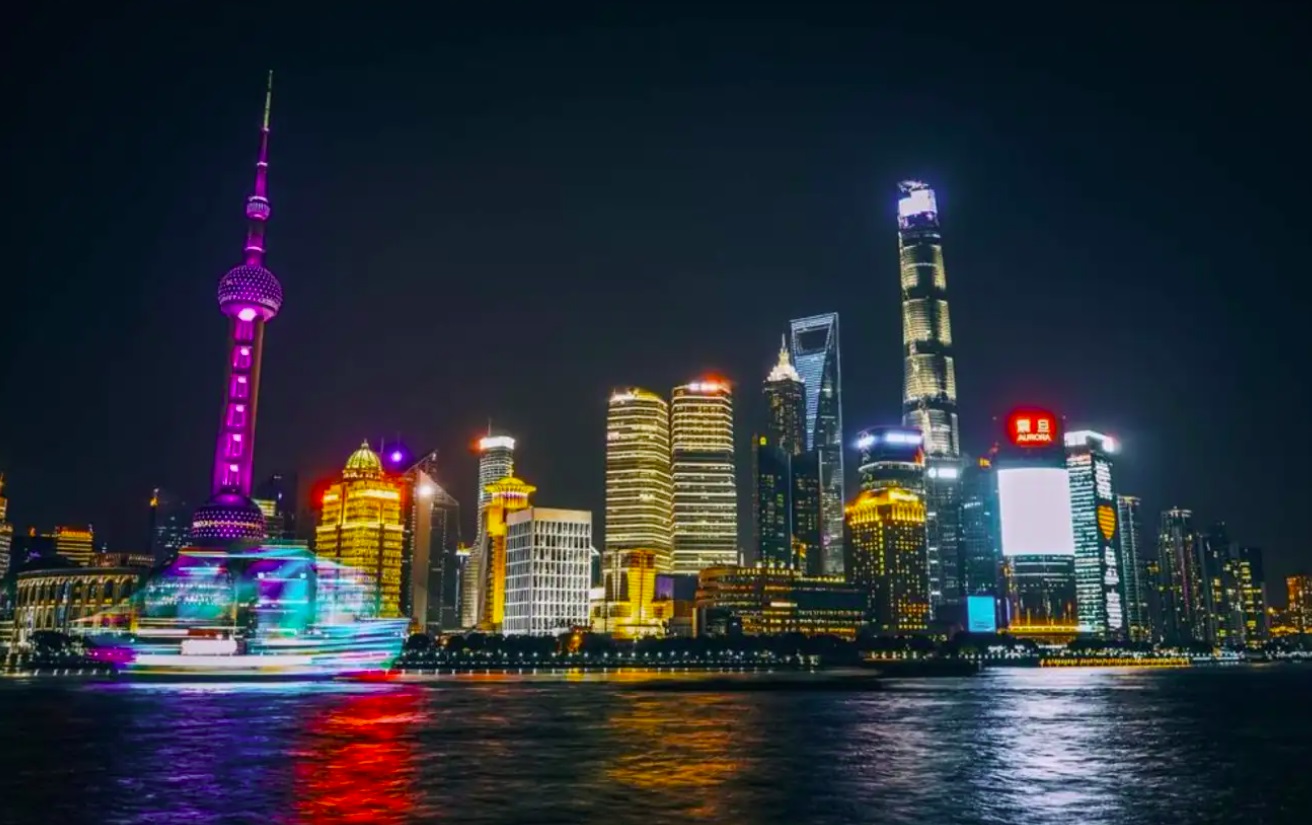
.jpg)
.jpg)
.PNG)
.PNG)
.png)
.PNG)
.png)
.png)
.PNG)
.PNG)
-copy.jpg)
.jpg)
-copy.jpg)
.PNG)
.jpg)
.jpg)
.jpg)
.jpg)
.jpg)
.jpg)
.jpg)
.jpg)
.jpg)
.jpg)
.jpg)
.jpg)
.jpg)
.jpg)
.jpg)
.jpg)
.jpg)
.jpg)
.jpg)
.jpg)
.jpg)
.jpg)
.jpg)
.jpg)
.jpg)
.jpg)
.jpg)
.jpg)
.jpg)
.jpg)
.jpg)
.jpg)
.jpg)
.jpg)
.jpg)
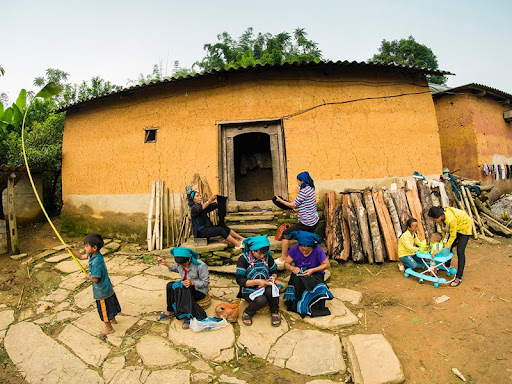
.jpg)
.jpg)
.jpg)
.jpg)
.jpg)
.jpg)
.jpg)
.jpg)
.jpg)
.jpg)
.jpg)
.jpg)
.jpg)
.jpg)
.jpg)
.jpg)
.jpg)
.jpg)
.jpg)
.jpg)
.jpg)
.jpg)
.jpg)
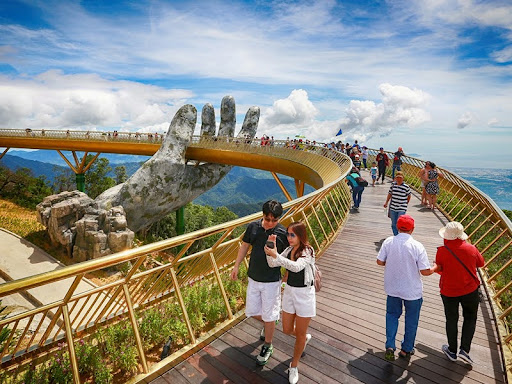
.jpg)
.jpg)
.jpg)
.jpg)
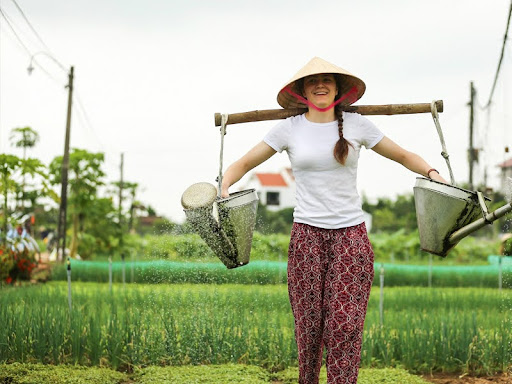
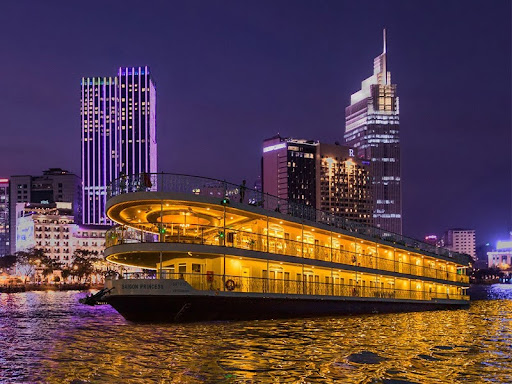
.jpg)
.jpg)
.jpg)
.jpg)
.jpg)
.jpg)
.png)
.png)
.PNG)
.PNG)
.PNG)
.PNG)
.PNG)
.PNG)
.jpg)
.jpg)
.jpg)
.PNG)
.jpg)
.PNG)
.jpg)
.jpg)
.jpg)
.jpg)
.jpg)
.jpg)
.jpg)
.jpg)
.jpg)
.jpg)
.jpg)
.jpg)
.jpg)
.jpg)
.jpg)
.jpg)
.jpg)